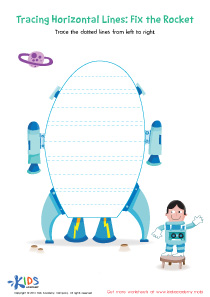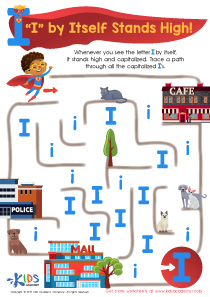Lowercase identification Normal Letter Recognition Worksheets for Ages 4-5
4 filtered results
-
From - To
Boost your child's early literacy skills with our "Lowercase Identification Normal Letter Recognition Worksheets for Ages 4-5." Specially designed for preschool and kindergarten students, these engaging and educational printables help young learners recognize and practice lowercase letters through fun and interactive activities. Each worksheet reinforces letter familiarity and identification, setting a solid foundation for reading and writing success. Support your little one's learning journey with our expertly crafted resources, ensuring they master the alphabet in no time! Ideal for parents and teachers, these worksheets are perfect for enhancing classroom lessons or promoting additional at-home practice.
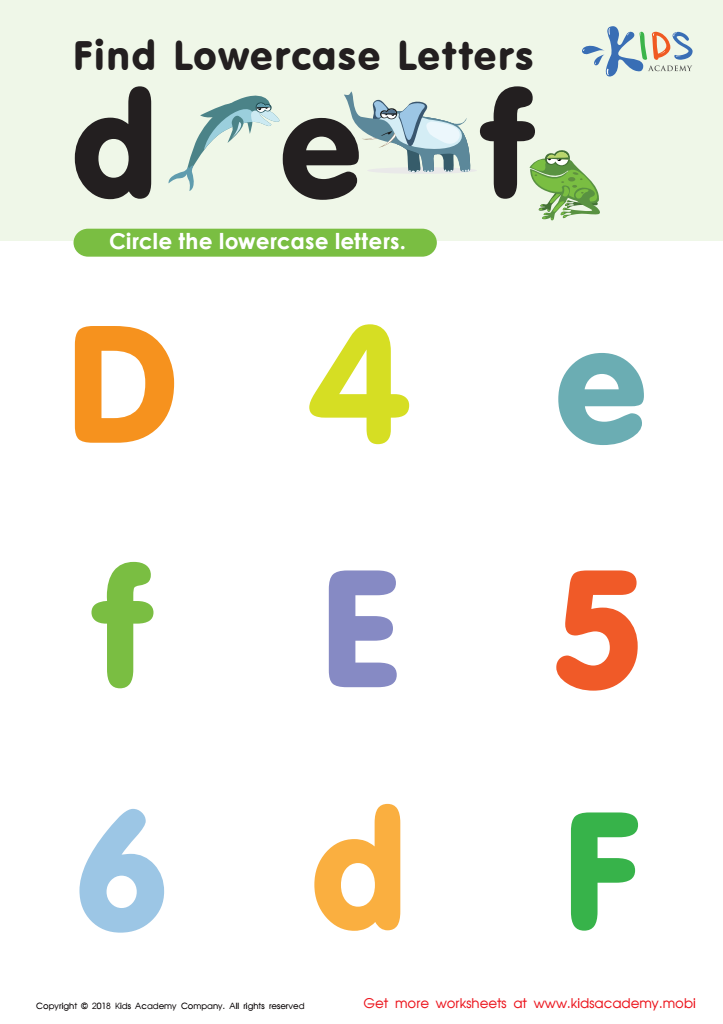

Find Lowercase Letters d e f Worksheet
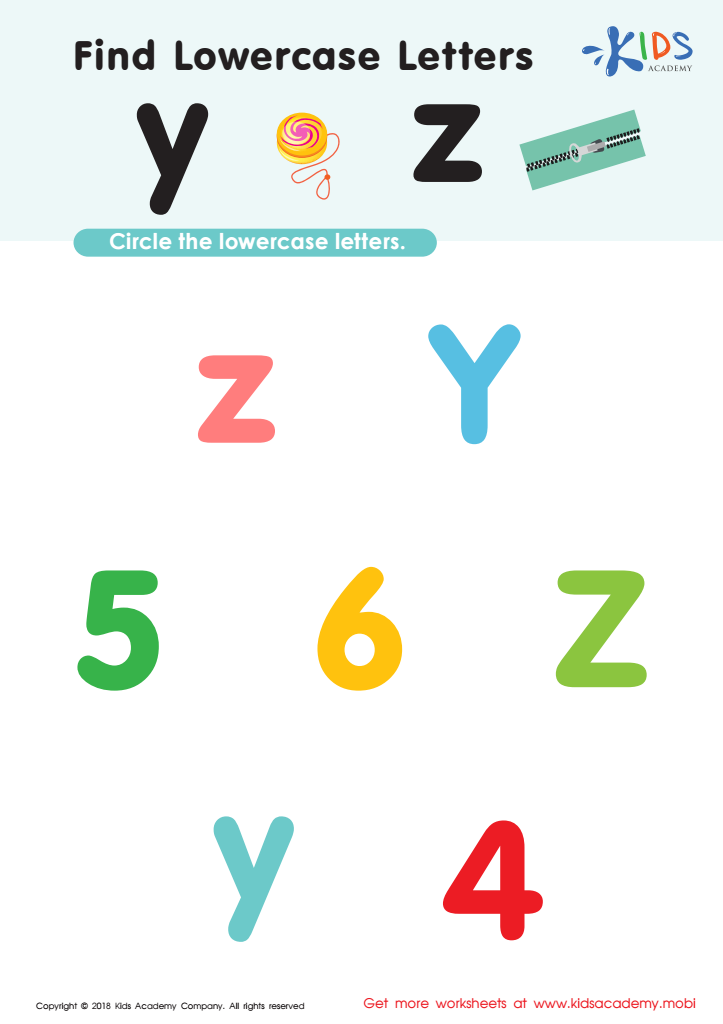

Find Lowercase Letters y z Worksheet
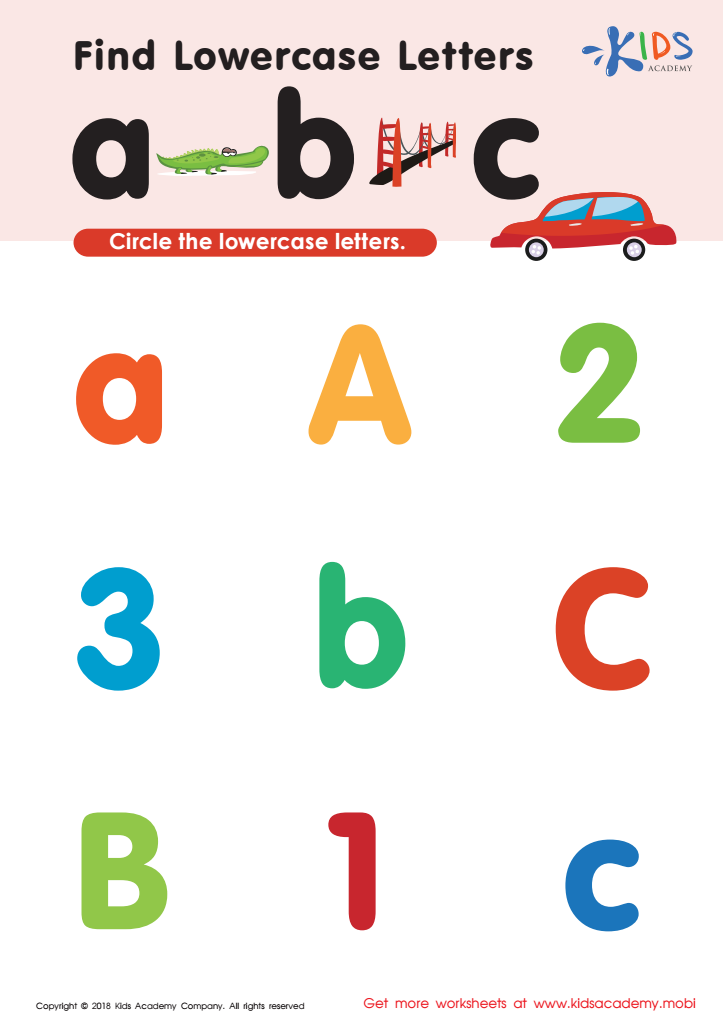

Find lowercase letters a b c Worksheet


Find Lowercase Letters v w x Worksheet
Understanding and recognizing lowercase letters at ages 4-5 is crucially important for early developmental milestones and literacy readiness. The lowercase alphabet forms the majority of the text in children's books and written material they will encounter. Early recognition of these letters sets the foundation for beginning reading skills, aiding in word formation and phonetic decoding.
At this age, a child's brain is rapidly developing, making it the optimal period for learning new visual and cognitive skills. Recognizing lowercase letters not only improves familiarity with the alphabet but also aids in associating letters with their corresponding sounds, a key component of phonemic awareness.
Moreover, children who master lowercase letter identification early can transition more smoothly into reading and writing activities, fostering confidence in their academic abilities. This early proficiency can also prevent potential struggles with literacy skills as they grow older.
For parents and teachers, focusing on lowercase letter recognition enhances a child’s readiness for kindergarten and formal schooling. It supports the development of essential skills such as eye-hand coordination through writing exercises and strengthens memory through repeated practice.
In essence, guiding children in recognizing lowercase letters equips them with essential tools for their educational journey, promoting a positive and productive learning experience. This early investment lays the groundwork for lifelong literacy and academic success.
 Assign to My Students
Assign to My Students













